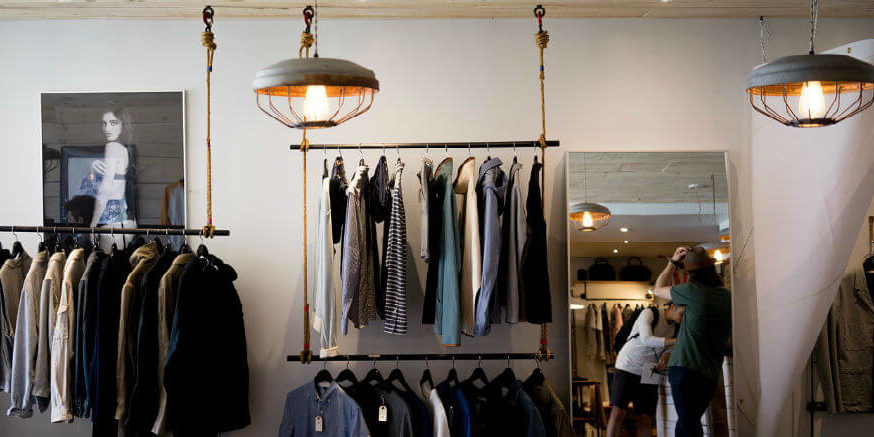The world of retail is changing, with heavyweights such as Macy’s, Sears and Kmart shutting down many stores. So, how can retail businesses adapt in order to stay relevant? One strategy is to leverage predictive analytics (PA).
Predictive analytics consists of algorithms that use machine learning to amass data, learn patterns from that data and unearth valuable insights for businesses. This technology can help your company survive the retail apocalypse by attracting more customers, bolstering your inventory management strategies and optimizing your marketing campaigns. Let’s take a closer look at the top three ways predictive analytics can help fight the retail apocalypse.
#1: Capturing and Recapturing Customers
One of the most effective uses of PA in retail is leveraging data to turn a one-time shopper into a repeat customer. First, compile data as users click through the site and buy products, considering elements such as a user’s habits, search histories and shopping preferences.
Then, PA algorithms can identify patterns in this data and suggest ways to attract customers, such as recommending a new product that a customer might like based on their past habits. PA can also predict emerging trends by analyzing what customers are searching for and clicking on. The key is customizing a shopper’s experience to meet their exact needs.
The same philosophy applies if you’re seeking to bring back a loyal customer who is no longer as engaged. A predictive model can help you understand which customers are straying and why. With this information, companies can try to lure them back with offers and incentives. Essentially, PA helps companies create a personalized experience for customers and provide valuable data about why some customers may be taking their business elsewhere.
#2: Improving Inventory and Pricing
Predictive analytics can play a key role in bolstering your inventory and store management decisions. You don’t need to have a fully-stocked inventory of every single item since not every item will sell at the same rate. Retailers often end up having too many units of an item that isn’t selling well or not enough of an item that is in high demand.
PA can help you cut down expenses and optimize your inventory by ensuring that the items you are buying lead to sales, not sunk costs. The technology enables retailers to focus on areas of high demand, quickly identify emerging sales trends and perfecting the delivery process to ensure that the right inventory always goes to the right store.
A predictive model can also help you enhance your pricing decisions. Most companies still price items based on historic data and seasonal tendencies, but PA provides a more detailed picture. The technology can keep track of inventory levels, competitor prices and demand in order to come up with the best possible price for a product. Predictive analytics can even help businesses determine the best times to cut or increase prices.
#3: Creating Better Marketing Campaigns
Retailers can amass customer data such as customer preferences, search history, shopping decisions, spending habits and more. Then, predictive analytics can leverage this data to create specific, targeted marketing campaigns. After all, a more general marketing campaign may fail to reach your specific audience in the right way.
Companies can use these analytical tools to create the most effective message or product for a campaign. PA can ultimately lead to an increased ROI and more brand loyalty. According to McKinsey, it also helps deliver a higher conversion rate and up to eight times the ROI on marketing spend while increasing sales by 10% or more.
Additionally, PA allows you to distinguish between the types of promotions that would work well for a long-time customer versus a new customer. Understanding the viewpoints and habits of your customers will help you market your products more efficiently and with a higher degree of personalization.
Predictive Analytics and the Retail Apocalypse
The goal of predictive analytics in retail is to understand more about your customers and predict effective ways to increase sales. A solid predictive model can help you develop more personalized marketing campaigns, turn a new customer into a brand loyalist and optimize your inventory and pricing decisions. Ultimately, employing this technology will bolster your brand and ROI while helping your company survive the retail apocalypse.
In order to put predictive analytics to work for your company, consider developing an app that uses PA technology. The team at 7T specializes in custom mobile app development with experience in predictive analytics. We’re also well-versed in other emerging technologies, including augmented reality, virtual reality, artificial intelligence, blockchain and natural language processing.
7T is headquartered in Dallas, but we also work with clients in Austin, Houston, and across the United States. To discuss your project, please contact us today.









